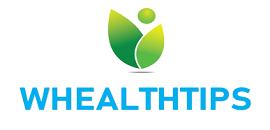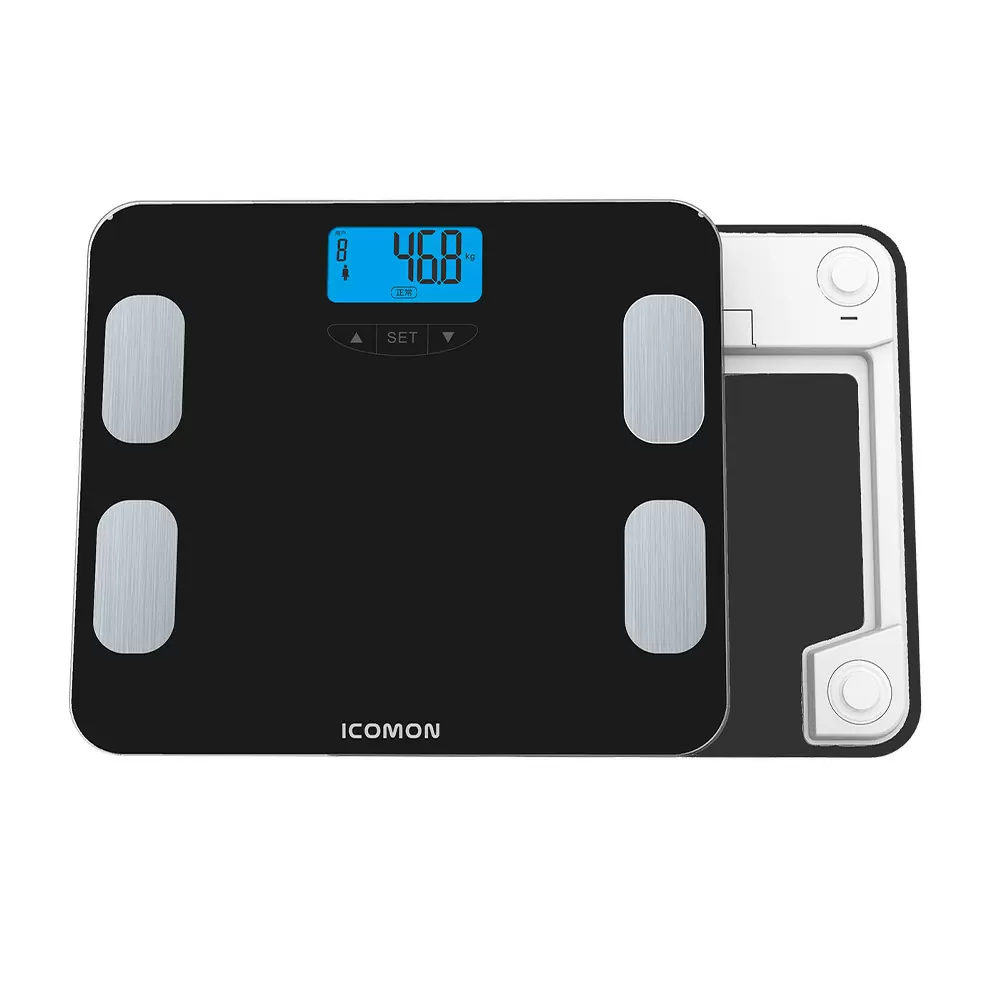Coronary Calcium Scores and Remote Monitoring of Health: The Future in Heart Care

The world of health is undergoing a major transformation. Technological advancements and the growing emphasis on prevention are driving it. Cardiovascular health stands out as an area of change that is particularly promising. Coronary Calcium Scoring, a non-invasive imaging technique, and remote health monitors are convergent to offer a peek into the future of heart care. In this article, you will learn how two innovative technologies transform the heart care landscape and improve patient outcomes.
Understanding Coronary Calcification
Coronary calcium score, also known by the acronym CAC (coronary artery calcium), is a specialized CT imaging technology used to determine the amount and location of calcium deposits in the coronary veins. Atherosclerosis, characterized primarily by the accumulation on the walls of the arteries, can be diagnosed by measuring the amount of calcium buildup in coronary arteries. This plaque narrows the arteries, restricts blood flow, and increases heart disease risks.
During a coronary Calcium Scoring procedure, a CT Scanner takes detailed pictures of the coronary vessels, and then the computer calculates this score. The result of this procedure is a numerical score that indicates how much calcified artery plaque there is. A higher risk of heart disease is usually associated with a higher score.
The Digital Revolution
Remote healthcare monitoring, sometimes called Telehealth (or telemedicine), is a healthcare delivery system that relies on technology to provide medical treatment and monitor patient health remotely. Remote monitoring in heart care offers several benefits:
- ConveniencePatients will be able to monitor and access healthcare from home, which reduces the number of visits.
- RT Data:Wearables or remote monitoring tools that collect real-time information on vital indicators, such as blood pressure, heart rate, and pulse, are a great way to give healthcare providers a steady stream of information.
- Early Treatment:A remote monitoring system can detect changes in the patient’s condition early, allowing for a prompt treatment plan and intervention.
- Improved Patient Engagement:Patients actively participate in healthcare because they can access and track their health data. They are motivated and more engaged.
Remote Monitoring of Coronary Calcium Scores and Synergy
Integrating coronary calcium scores into remote health monitors is a promising improvement in heart disease care. Here’s how both innovations work together:
- Risk Assessment:Coronary calcium scores can be used to determine individuals at higher risk of heart disease. These high-risk individuals can receive continuous and personalized care with remote monitors.
- Regular Health check-ins:Those with high coronary calcium scores may find it beneficial to have regular checkups with their healthcare provider via Telehealth. This allows for any changes in health to be promptly addressed.
- Monitoring of Medication:Remote monitoring is a tool that can assist patients in managing their medication by monitoring side effects and interactions and ensuring they take prescribed medications.
- Remote Health Monitoring:Remotely monitored patients can receive ongoing coaching on healthy lifestyle habits.
- Early Detection:Monitoring by remote can detect subtle changes or symptoms in vital signs. This can allow for early intervention as well as prevention of heart-related complications.
- Patient Educational:Telehealth visits offer healthcare providers a chance to educate patients regarding the importance and motivation of their coronary caloric score.
Conclusion
Coronary Calcium Scoring and Remote Health Monitoring represent a powerful symbiosis in the future of heart care. These innovations facilitate the early detection of heart diseases, risk stratification, and personalized care.
As we progress, collaboration among medical professionals, technology providers, and patients will be key to realizing all the benefits of these technological advancements. Heart care will improve patient outcomes and provide more convenience for patients, no matter where they live in Canada.





